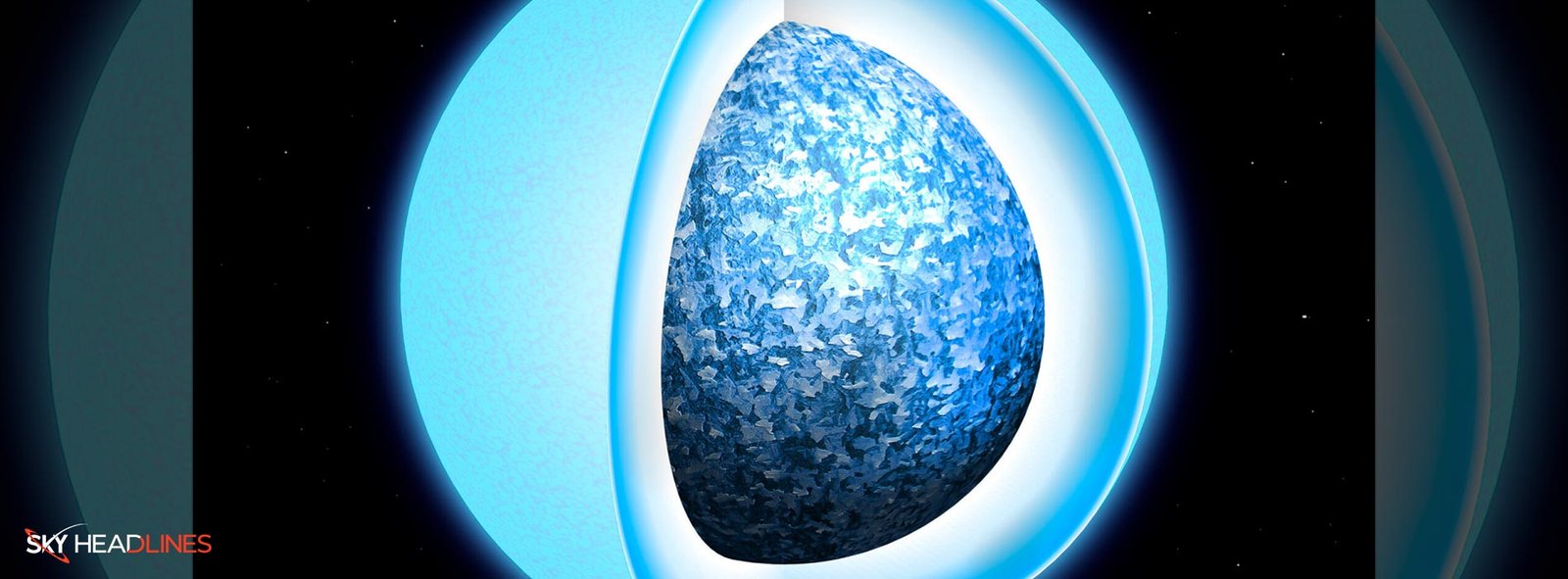Have you ever heard about a tiny collapsed star turning into a big diamond? Yes, that is true!
As we all know the star is a white tiny item and the shriveled shell of a sun-like star that burnt off most of its fuel before collapsing.
But, let’s find out what happens that become a reason for this collapse. Before that, let’s dig into the brief meaning of it.
What Actually a Collapsed Star is?
A star’s colossal explosion is known as a supernova, and scientists have recognized various categories of these celestial events.
Among them is a type referred to as a “collapsed star core” supernova, which takes place during the final phase of the existence of massive stars, typically exceeding eight times the size of our Sun.
Is the Process of Collapsed Star Once in a Million Times Happening?
The cooling process that follows the collapse of a lead into a white miniature will eventually result in the star crystallizing. This leads to a massive diamond for stars with cores consisting essentially of metallic oxygen and carbon.
However, this process is so slow that scientists believe no cosmic lead has truly transformed into a gigantic sphere of bling.
Such a change would take one quadrillion years, while the universe is just 13.6 billion years old. (A quadrillion is 1,000 trillion, while a trillion is 1,000 billion.)
Discovery of Collapsed Stars in Early Transformation Stages
Scientists and astronomers have been doing research for many years and found some fruitful results about the background of a collapsed star.
They believe that they have discovered a star in the early stages of this transformation. The HD 190412 C star is located around 104 light-years distant in the quadruple star system HD 190412.
Does the Temperature of the Collapsed Star Matter in its Collapsing?
The star’s temperature was predicted to be around 11,420 degrees Fahrenheit (6,300 degrees Celsius), putting it in the range of a crystallizing white dwarf.
Because the system contains other stars that haven’t yet collapsed into the white tiny stage, the researchers could use the compositions of those still-burning stars to calculate how much metal is in the white tiny core. They also assessed the star’s age to be around 4.2 billion years.
Distance of Earth from the Collapsed Star Core
Knowing the correct distance of the star system from Earth is also essential in the computations because the distance alters the brightness of the light emanating from the declining white tiny collapsed star.
The researchers analyzed data from the European Space Agency’s Gaia Mission, which aspires to create a 3D map of the Milky Way’s billion stars. The scientists used this data to predict the white tiny cooling through time, establishing the first occurrence of a crystallizing white miniature with a known age.
Existence of Other Collapsed Stars in Space
Because there are other systems like HD 190412, including the star system that contains the brilliant star, Sirius, astronomers believe that other crystallizing white tiny structures may exist nearby in the cosmic neighborhood.
Now, let’s have a look at the gigantic collapsed star power, and see what it is capable of!
How Powerful Collapsing Star is?
Stellar debris is ejected at velocities reaching ten percent of the speed of light, carrying an immense amount of kinetic energy equivalent to the cumulative radiation output of the Sun throughout its entire lifespan.
In exceptional instances, this extraordinary energy can be unleashed in an immensely intense burst of gamma radiation.
Findings & Publications of Collapsed Star
The findings were published in the journal Monthly Notices of the Royal Astronomical Society and were released to the preprint archive arXiv on June 5.





